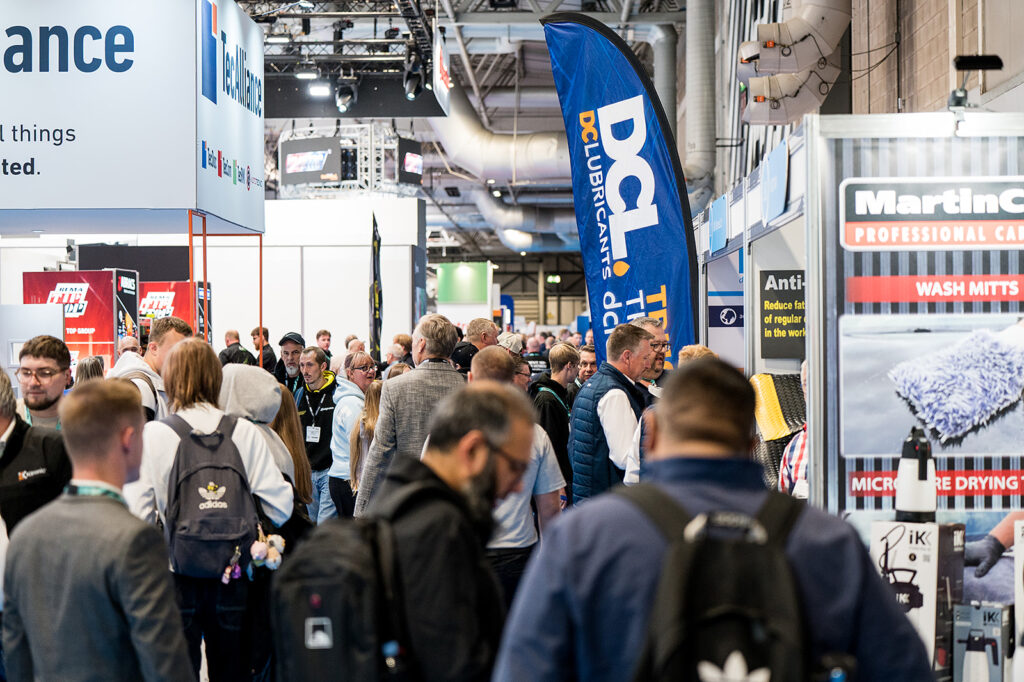Speaking at an automotive industry event today (17th June 2025), Oana Beattie, VP of data and AI at Kyndryl, warned that businesses looking to embrace artificial intelligence (AI) transformation should first map out their long-term strategy.
A key barrier to AI adoption, she explained, is disagreement between CIOs, CTOs and CEOs, which caused the approach to be “highly disconnected, highly siloed, and highly inefficient.”
Nevertheless, Beattie noted that only 5% of businesses were not currently using any form of AI, while 74% either had AI fully integrated into their operations, or were in the process of doing so.
In order to do this effectively, Beattie said businesses must shape, publish and “live and breathe” their organisational AI strategy.
She said: “AI is not a vertical, it’s a horizontal capability… this is not a one off project, it’s becoming a continuum.”
Businesses tend to focus in the first instance on day-to-day optimisation, but Beattie said the strategy should not stop there.
She said: “Optimisation is easy… what’s harder is innovation,” and noted that businesses looking to advance should not simply buy the biggest, most expensive, complex model, as it would cost too much long-term.
“Choose a narrow AI solution to drive specific innovation,” she said, explaining that businesses should then look to scale this, with a wider vision in mind.
In order to make this decision, Beattie recommended the use of an AI solution architect, and even an agentic one – utilising AI’s own expertise to map transformation, by inputting goals, long-term business strategy, the current landscape and existing tech capabilities, and asking for optionality.
She urged businesses to focus on “optimisation, innovation, transformation.”
Further to this, Beattie noted that effective AI transformation also relied on people, urging businesses to invest in staff AI literacy and fluency in order to ensure success.
















